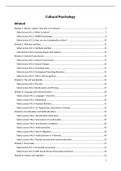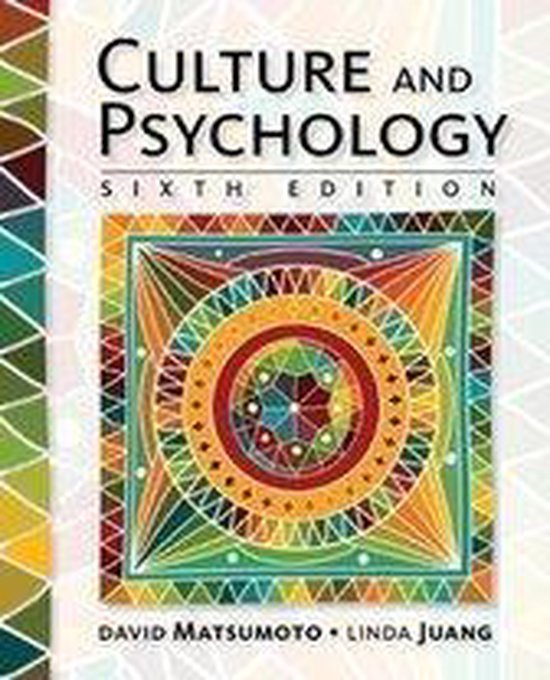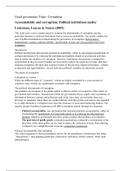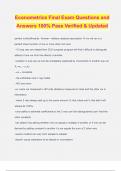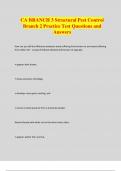Resume
Culturele Psychologie 2022/2023 volledige samenvatting (hoorcolleges en boek)
- Cours
- Établissement
- Book
Hoi student! Heb jij behoefte aan een Nederlandse samenvatting voor het vak Culturele Psychologie? Zoek dan niet verder! Sinds collegejaar 2022/2023 wordt de cursus Culturele Psychologie in het Engels aangeboden. Om voor jou het leren toch zo gemakkelijk mogelijk te maken heb ik mijn samenvatting i...
[Montrer plus]
